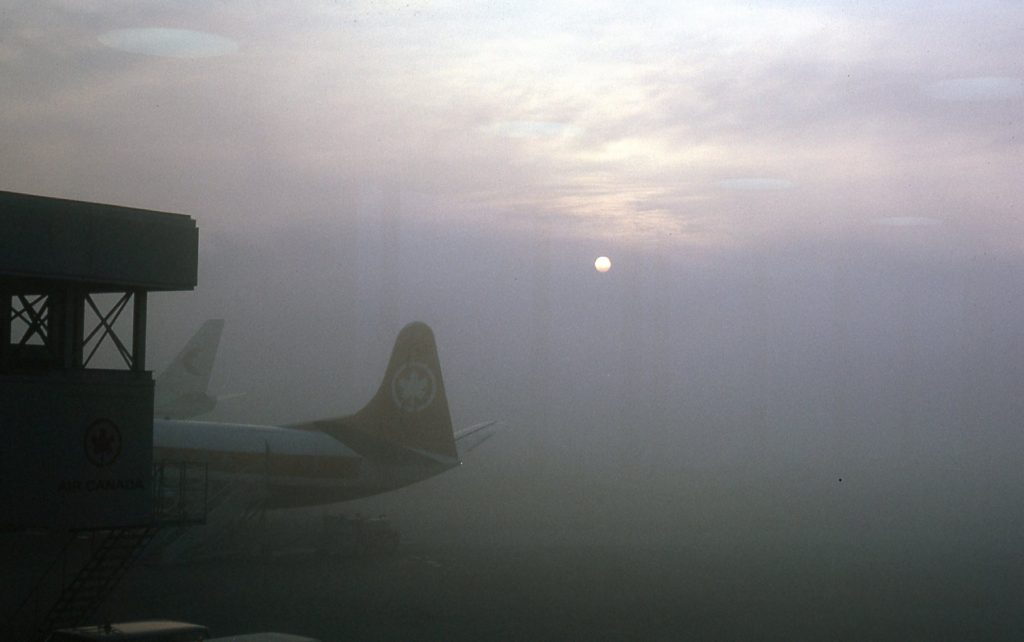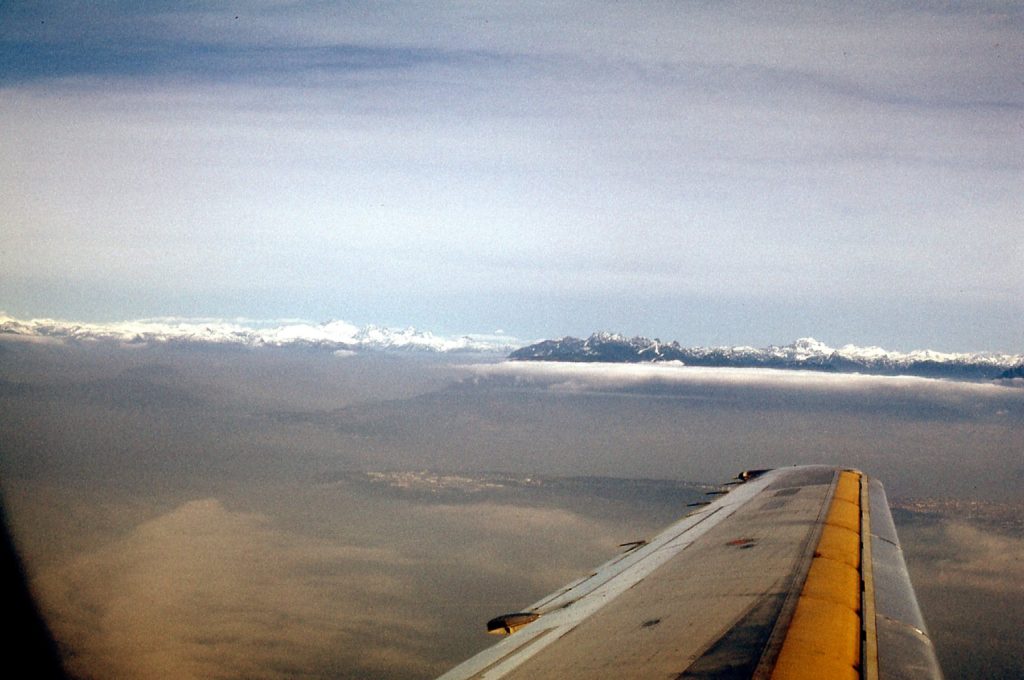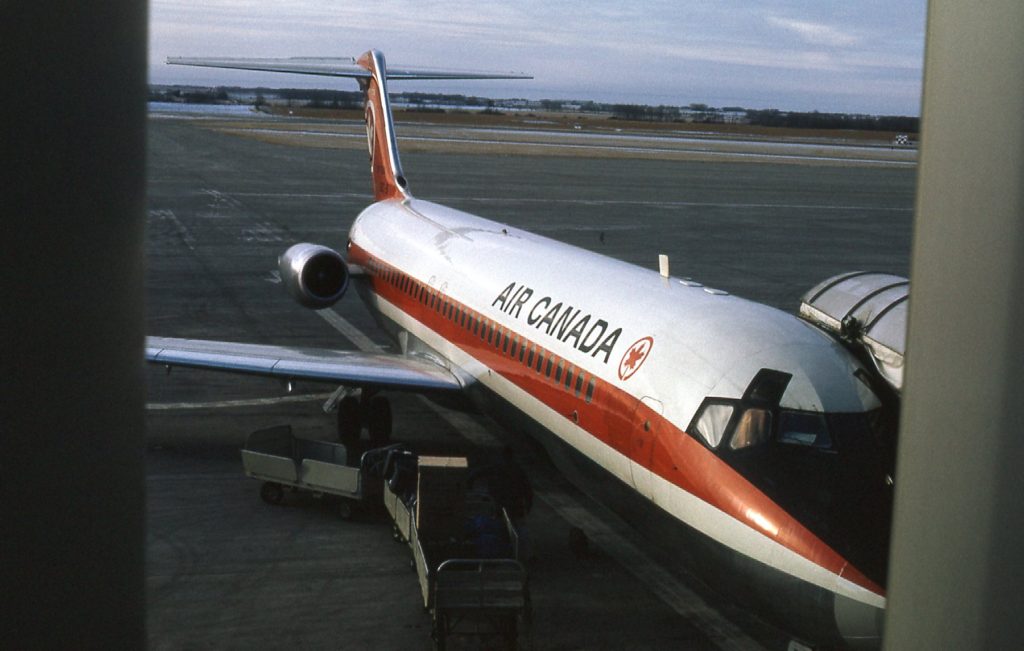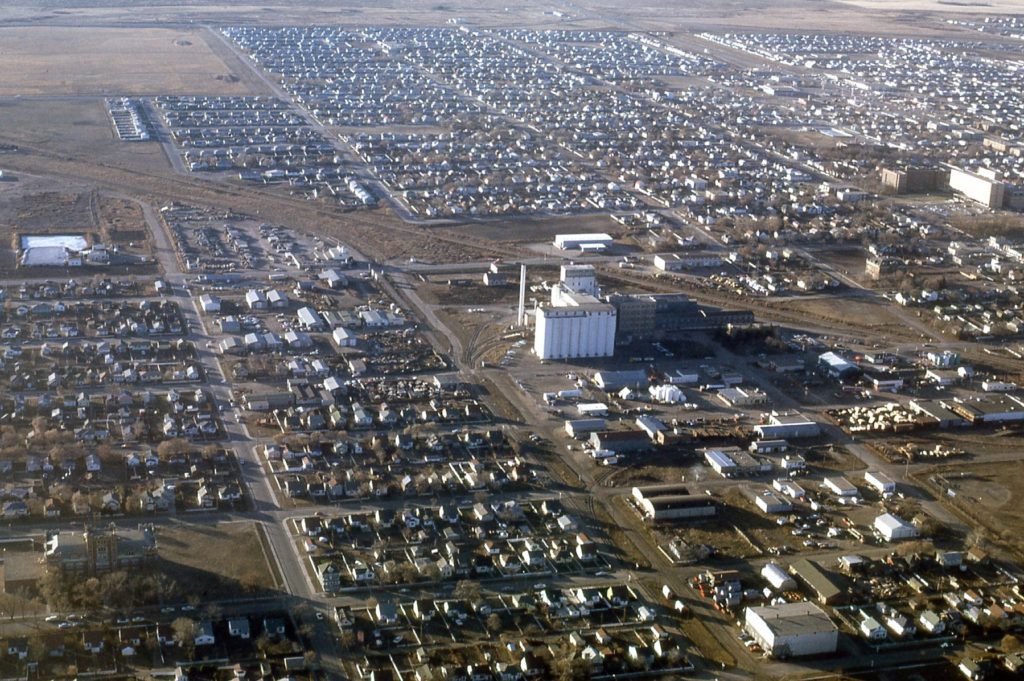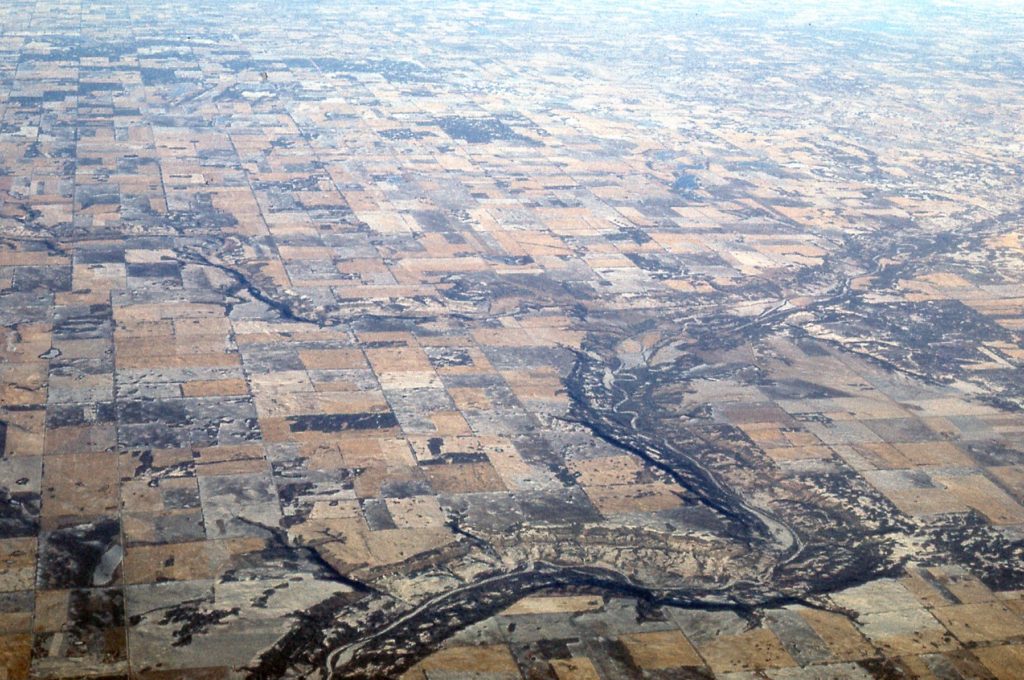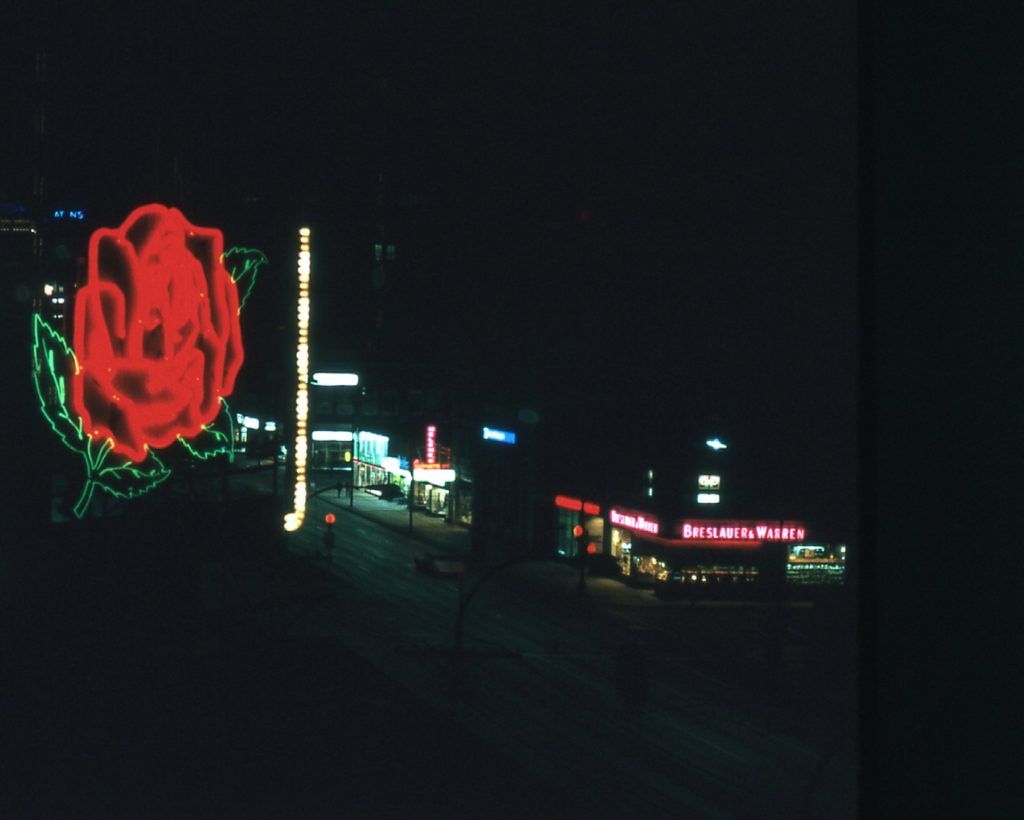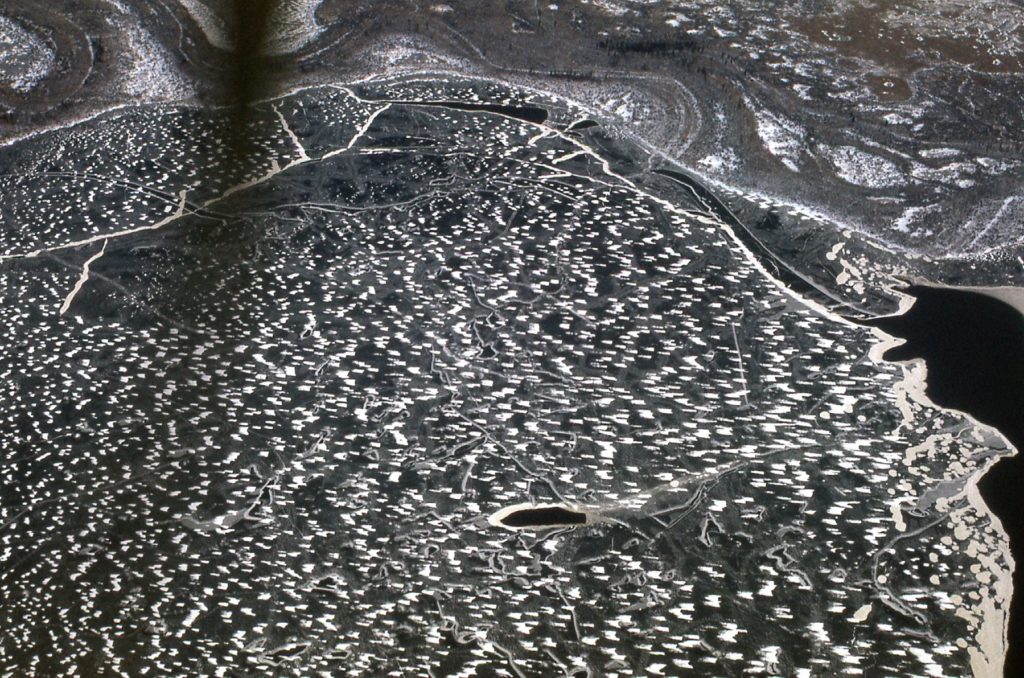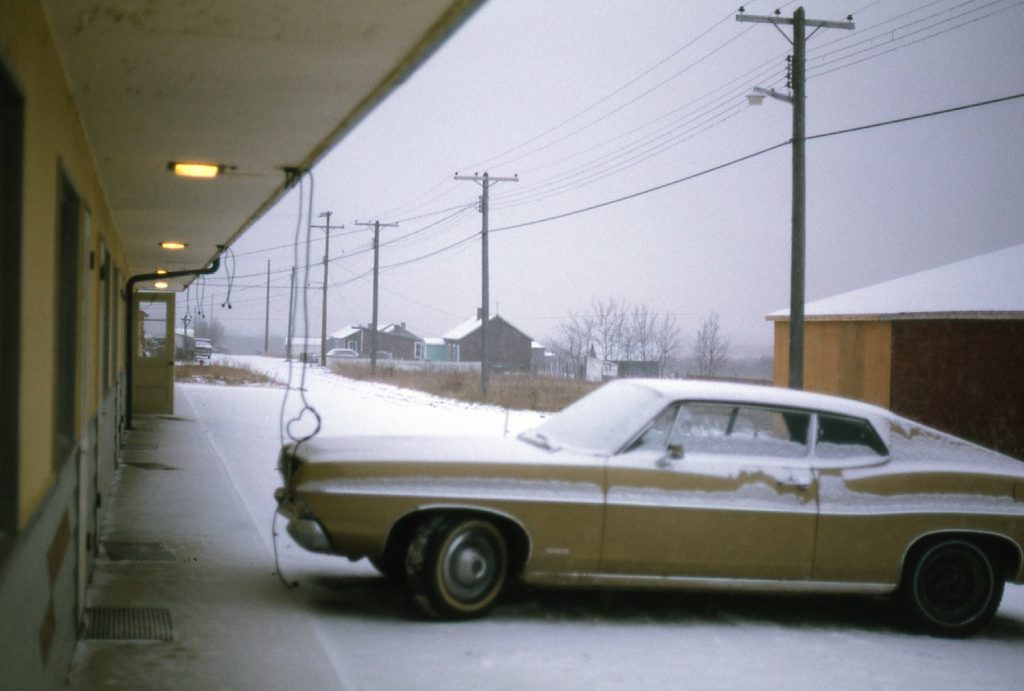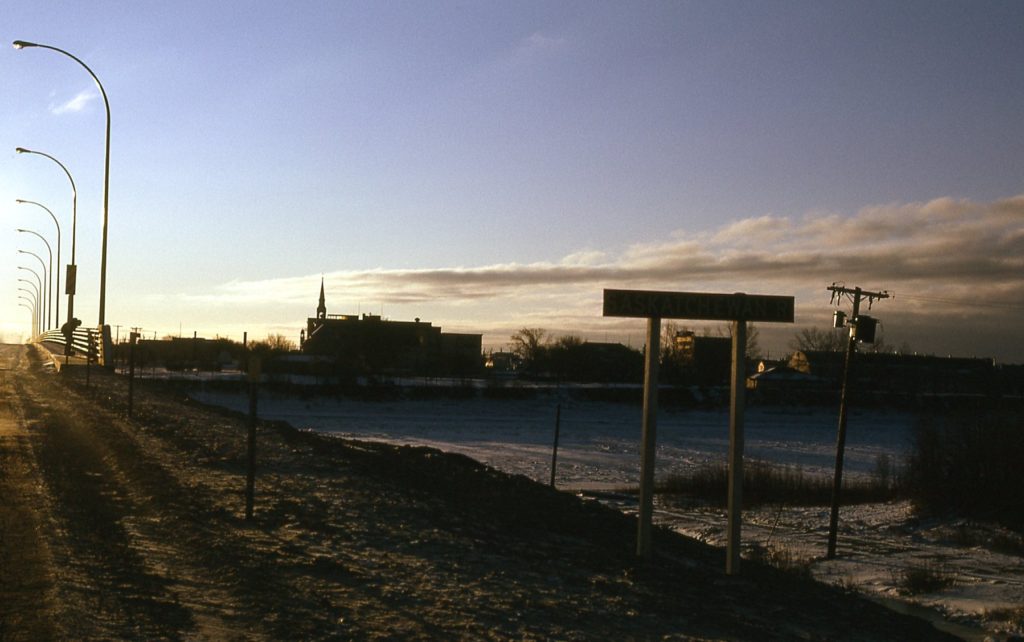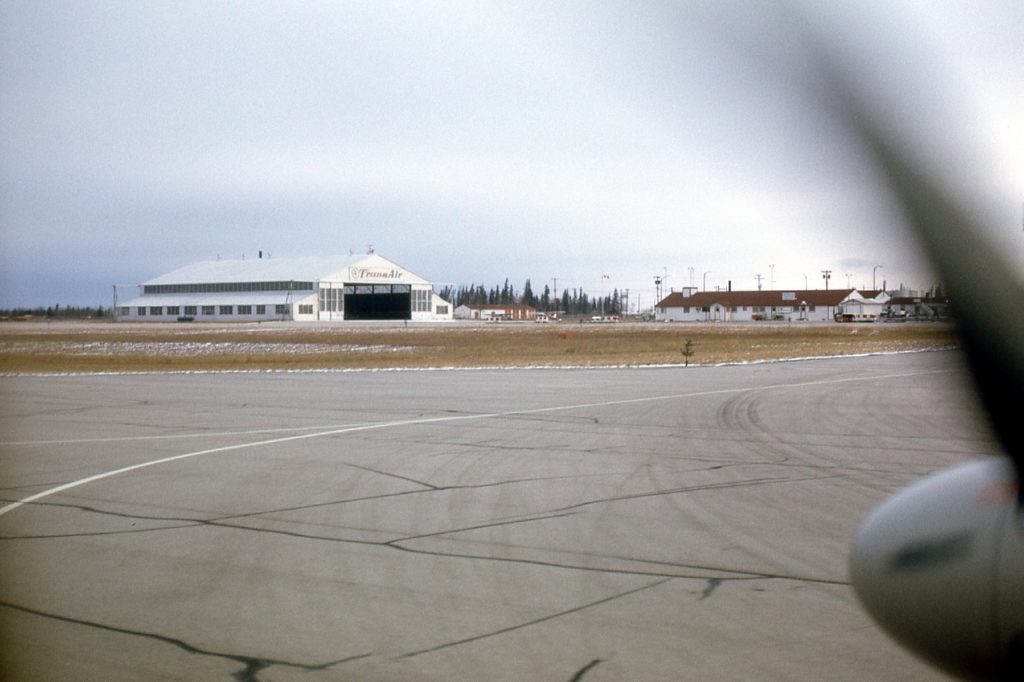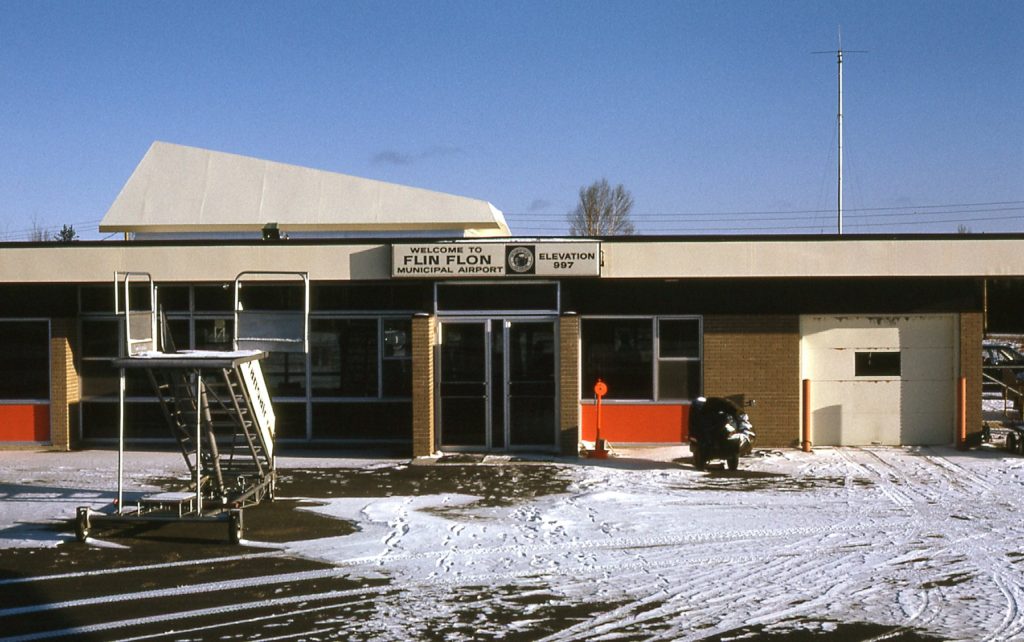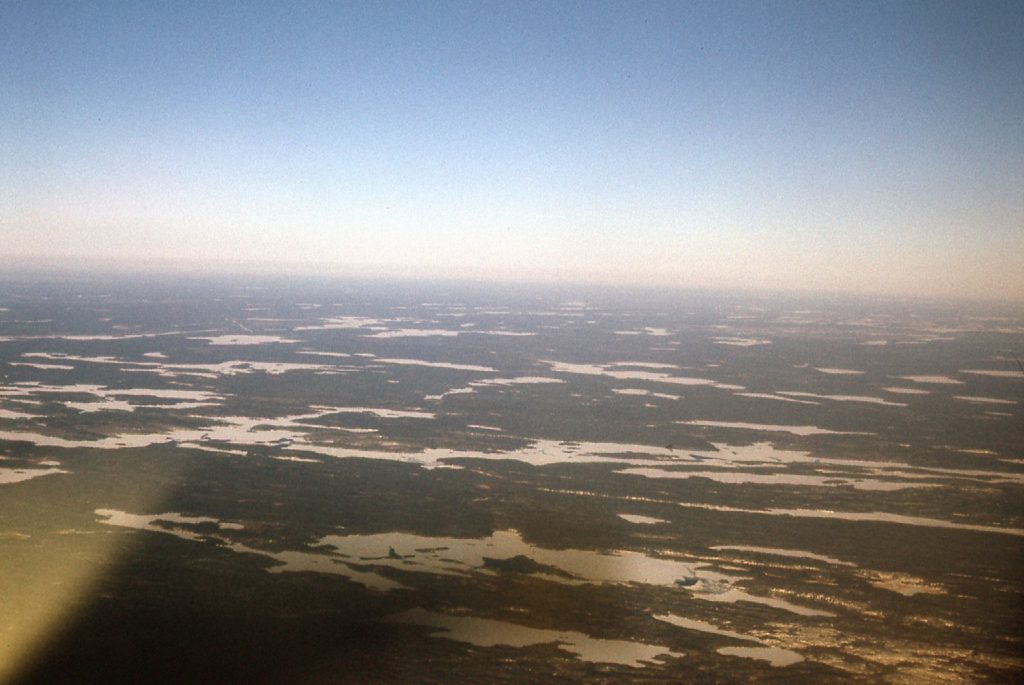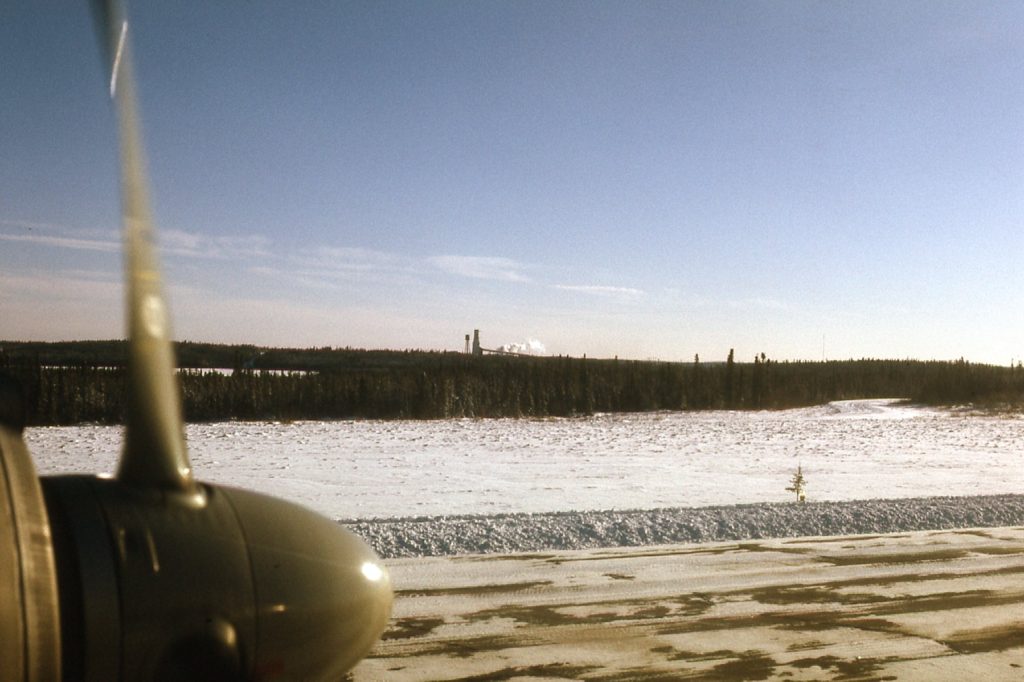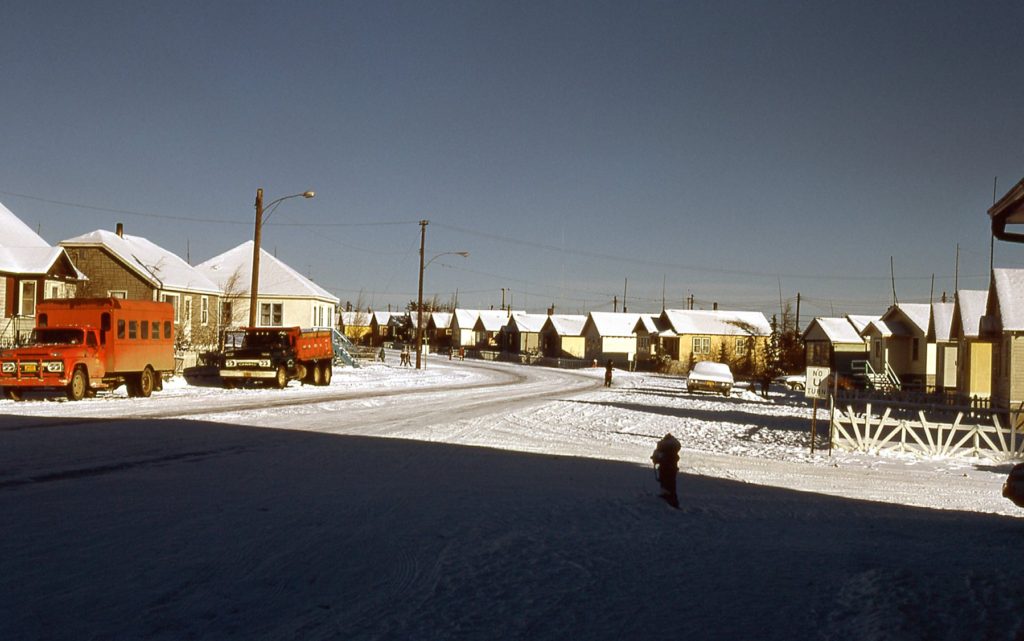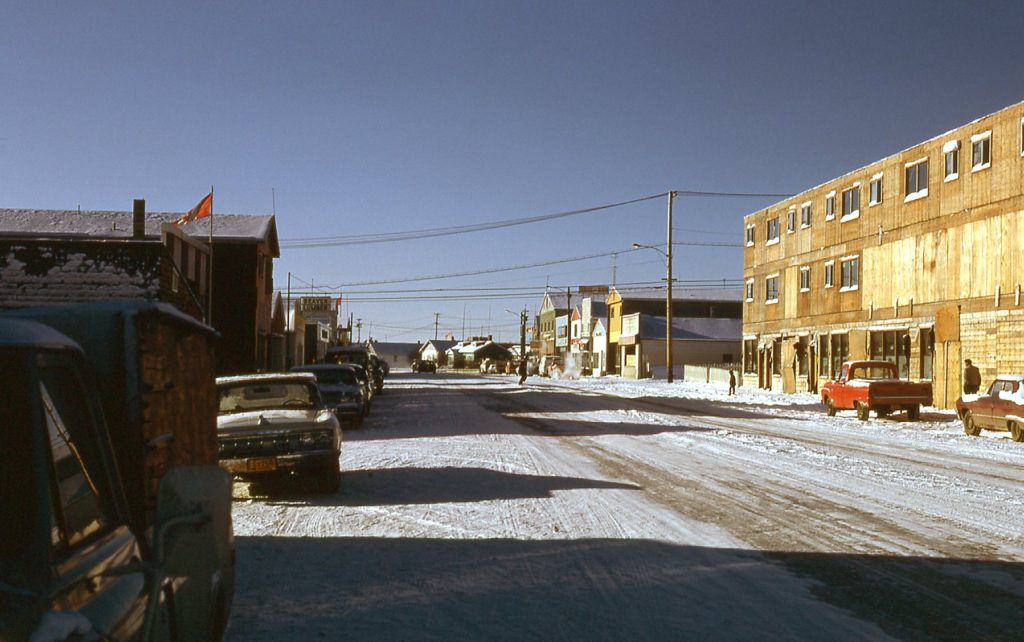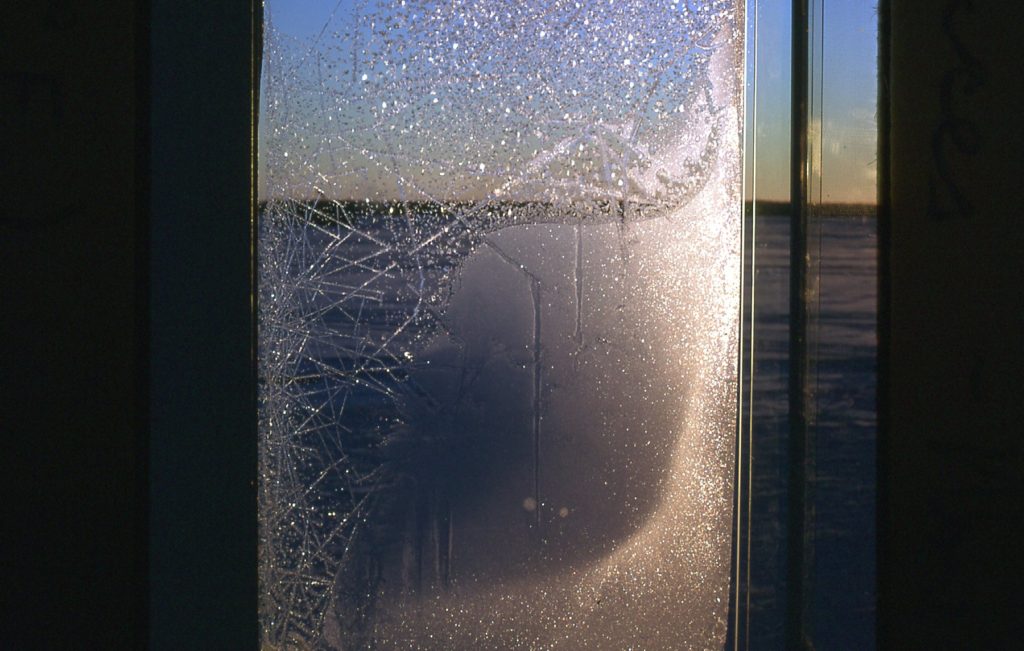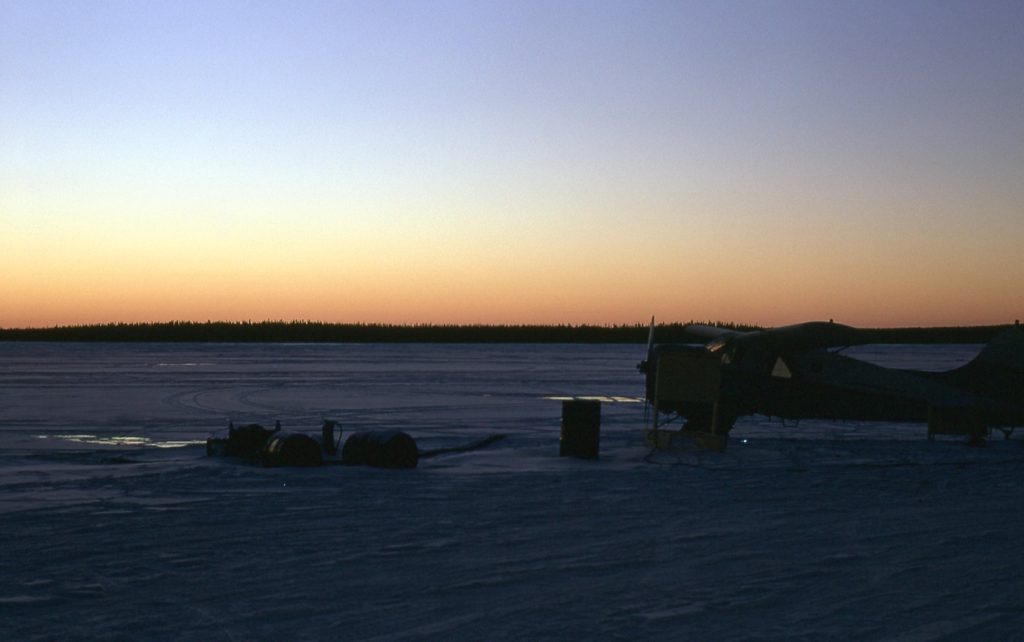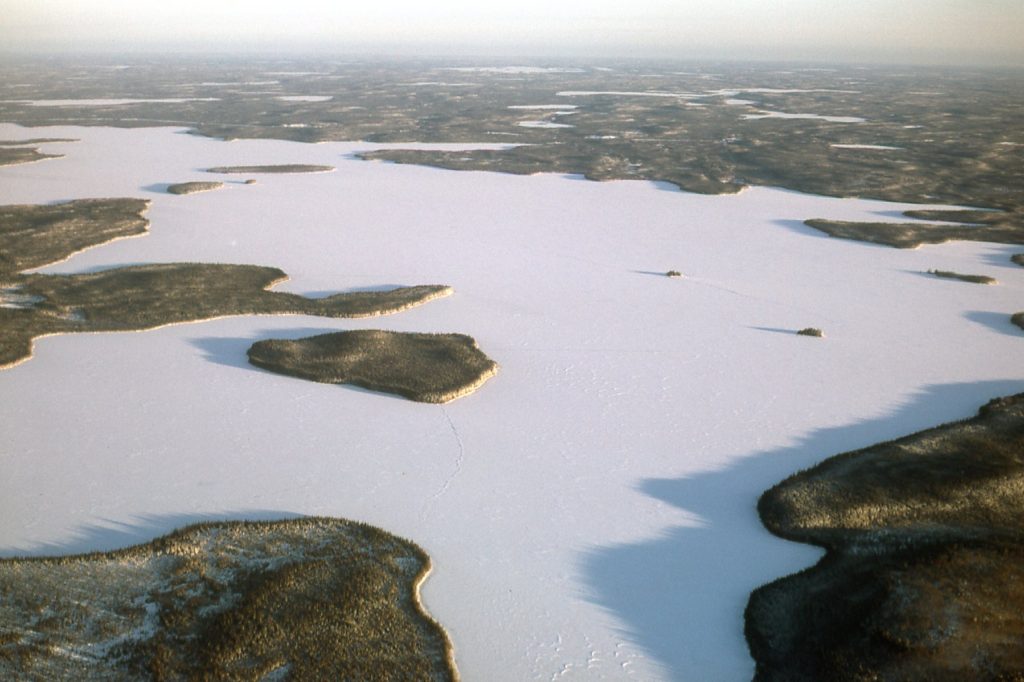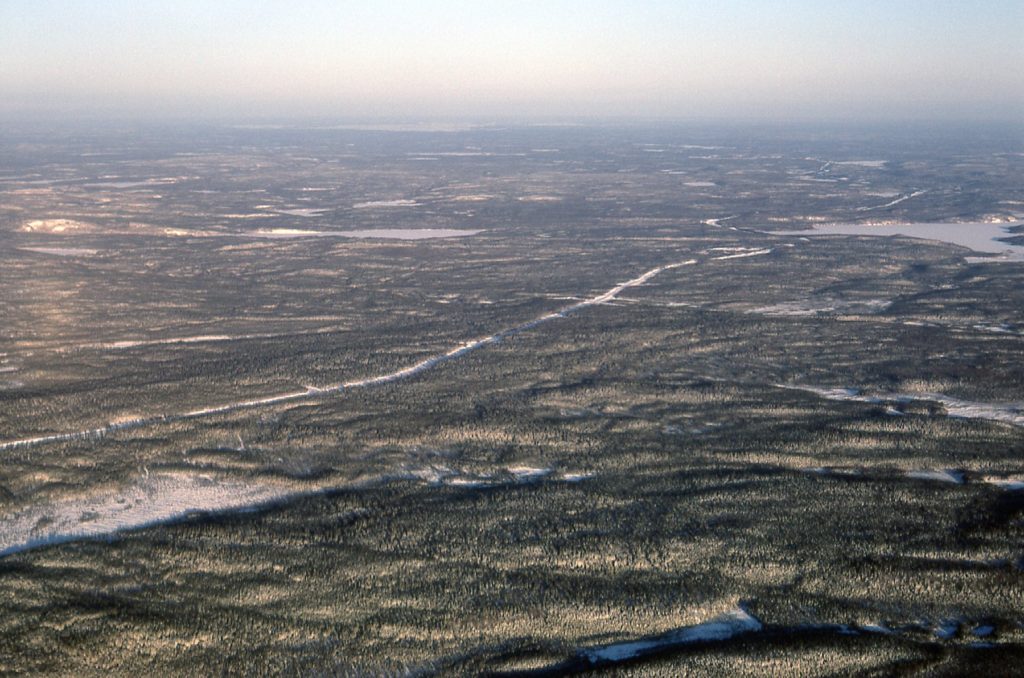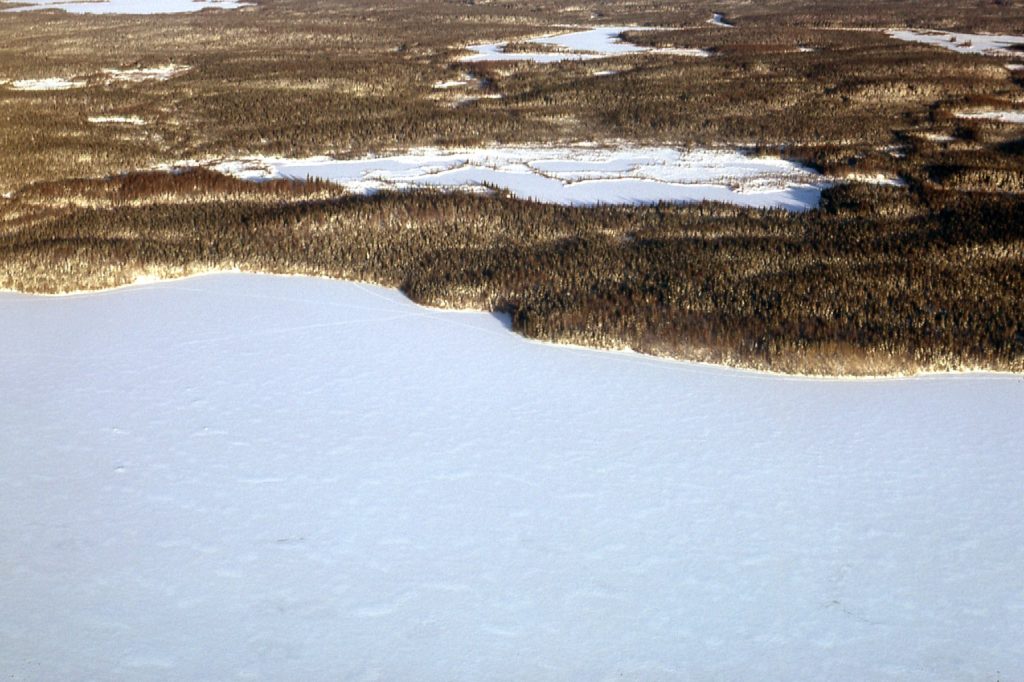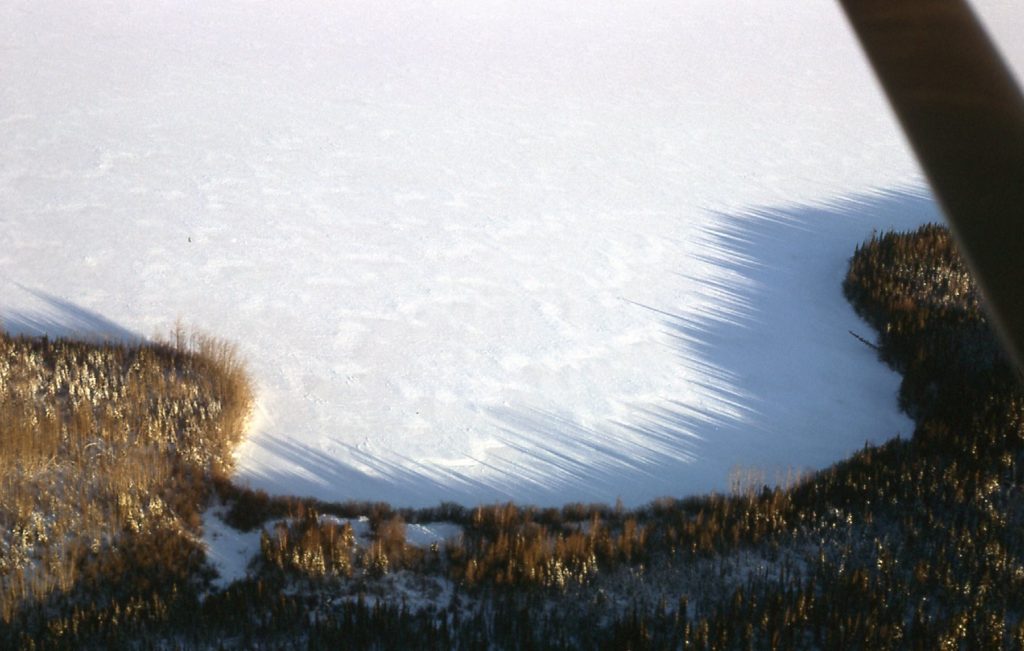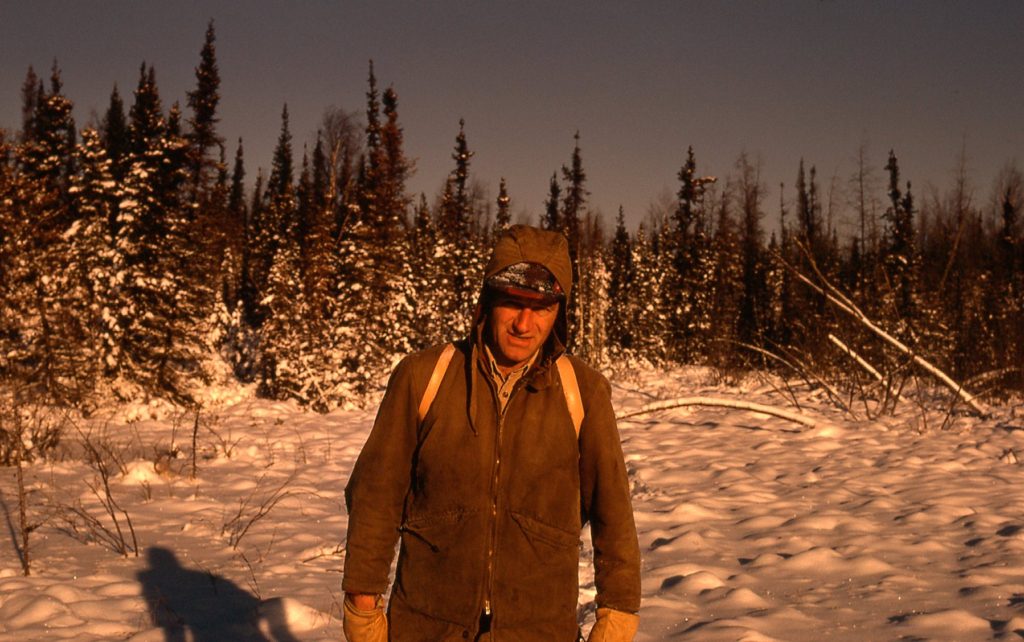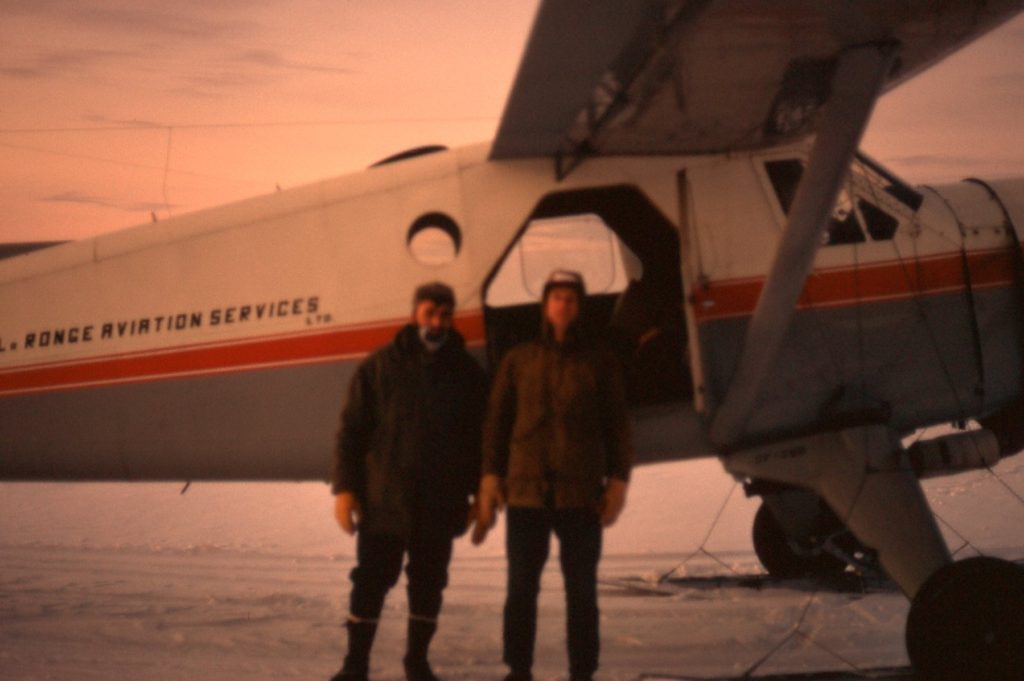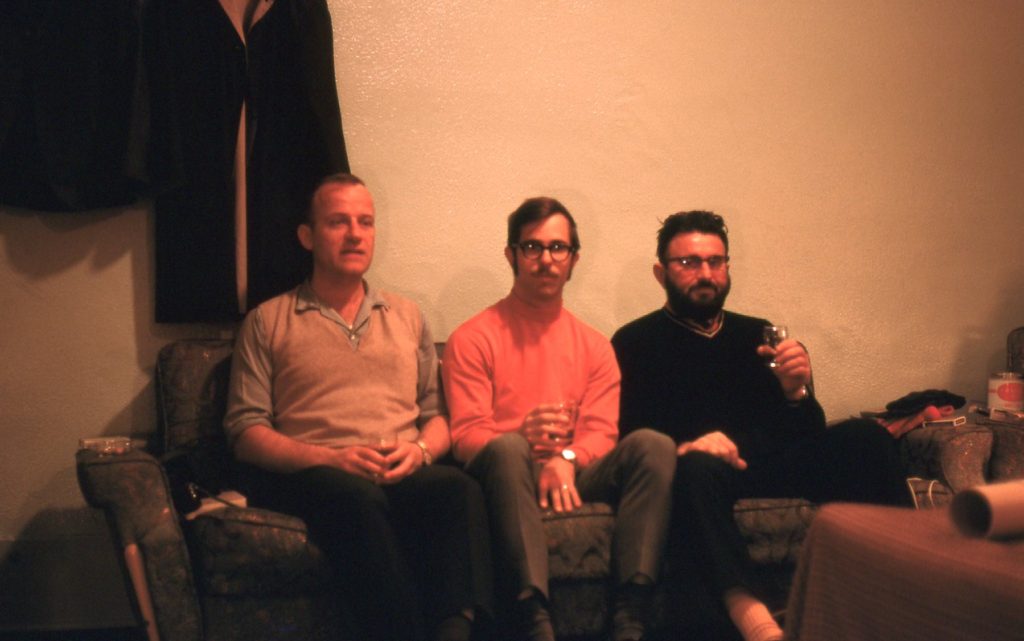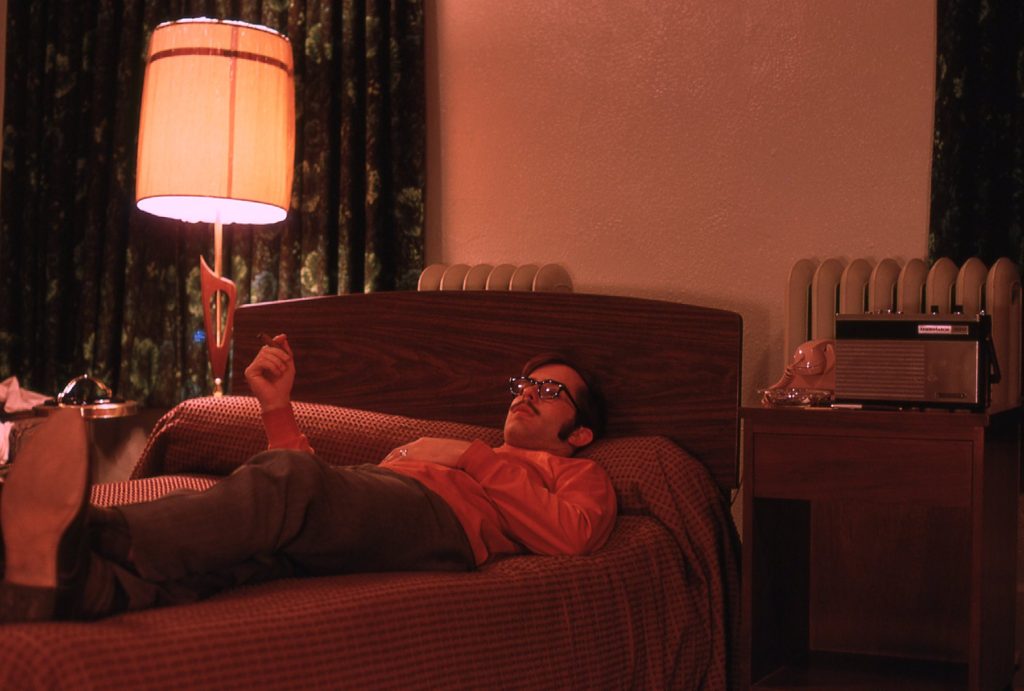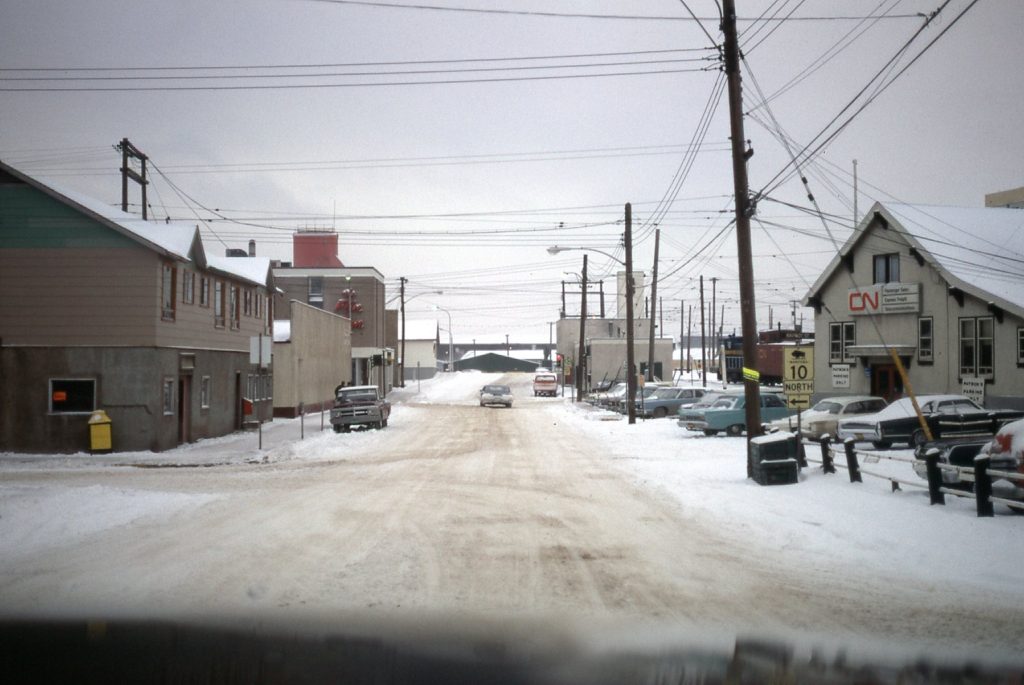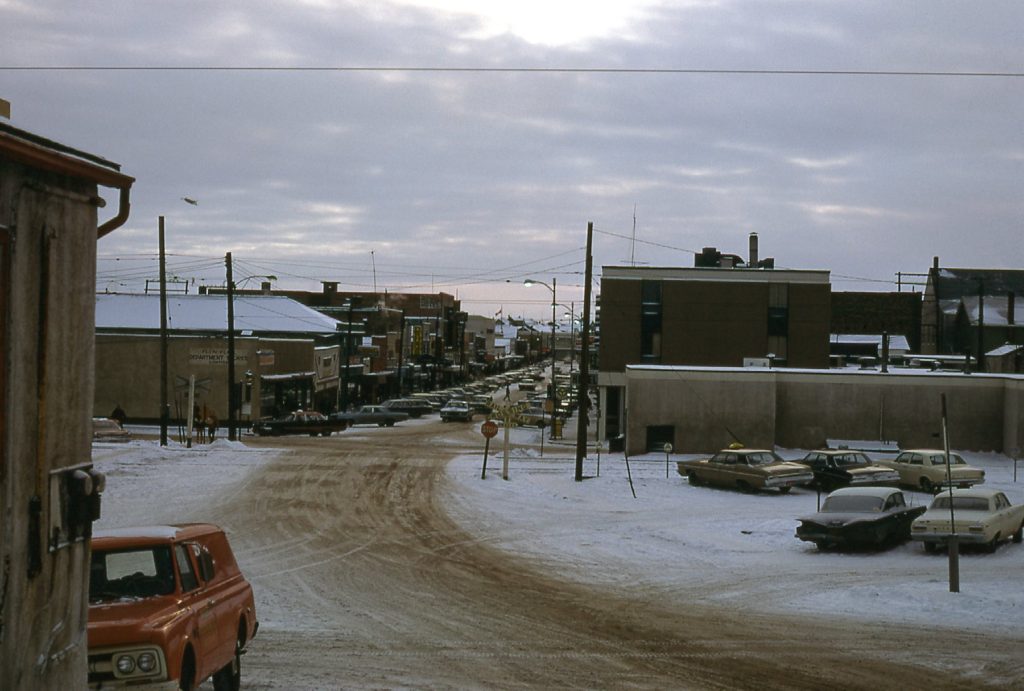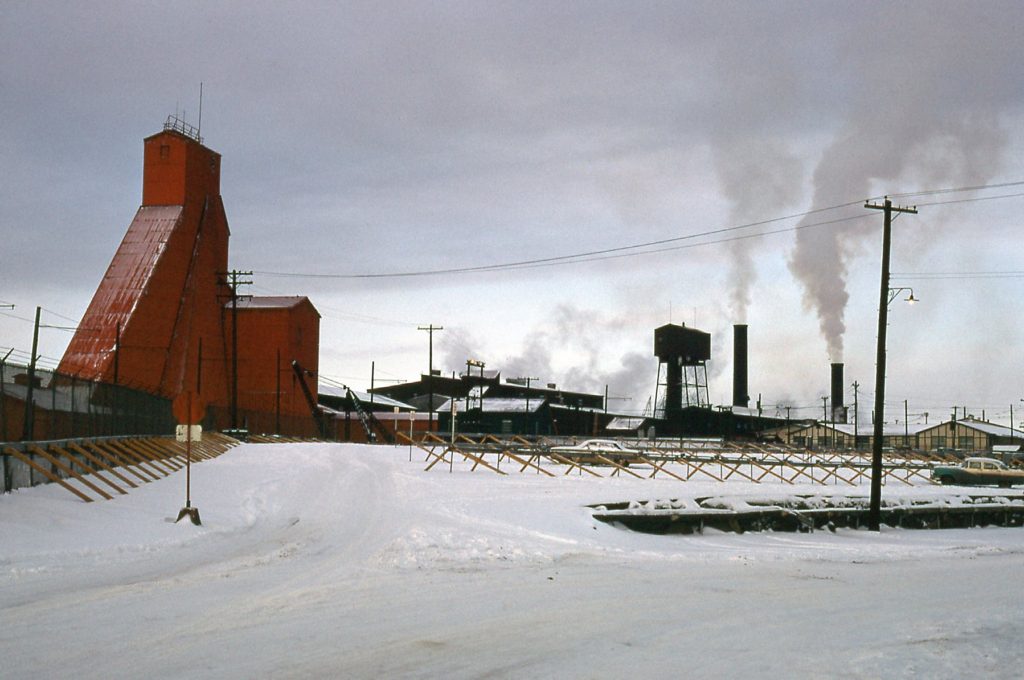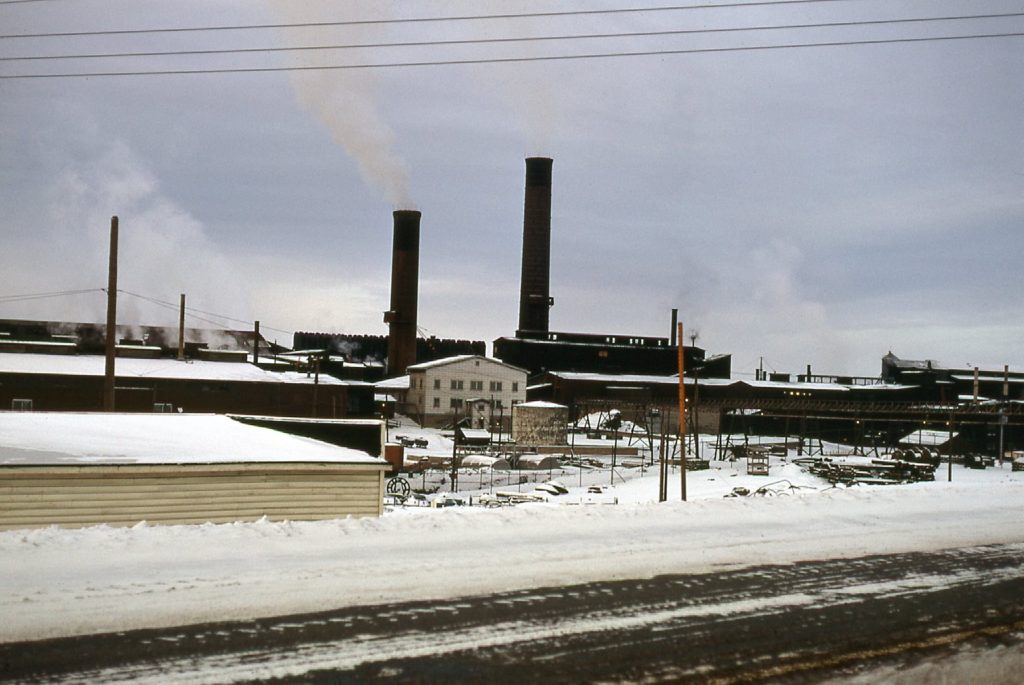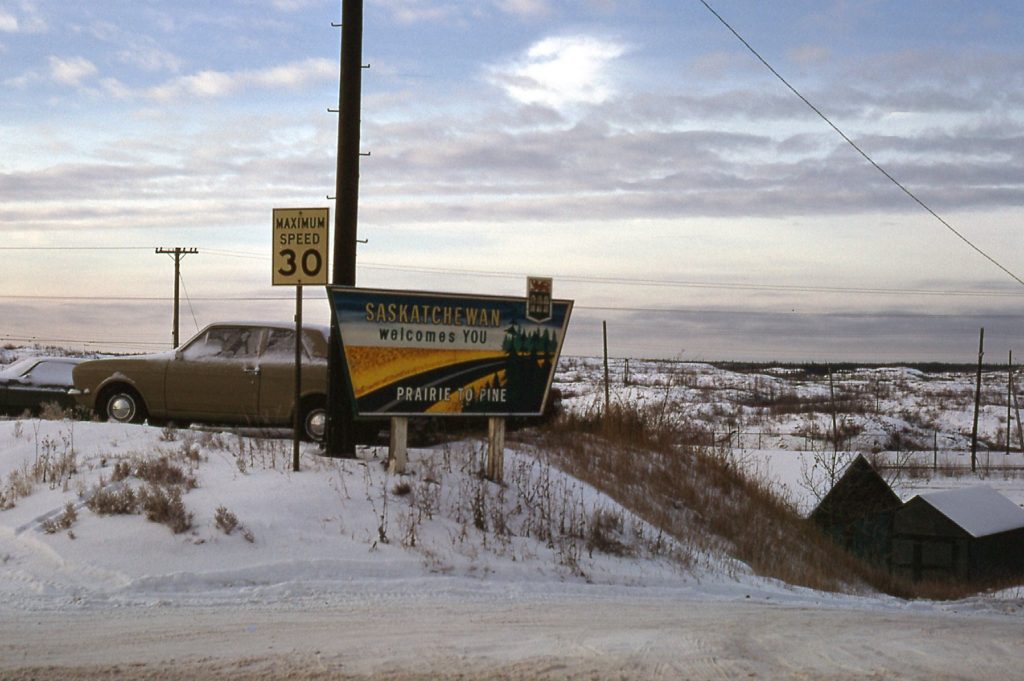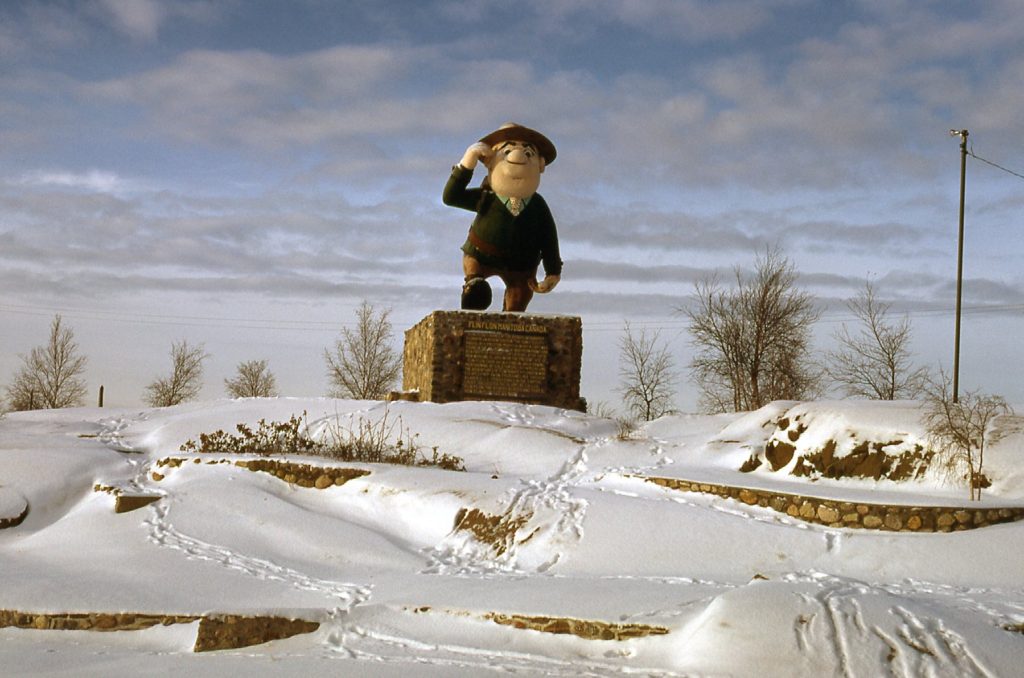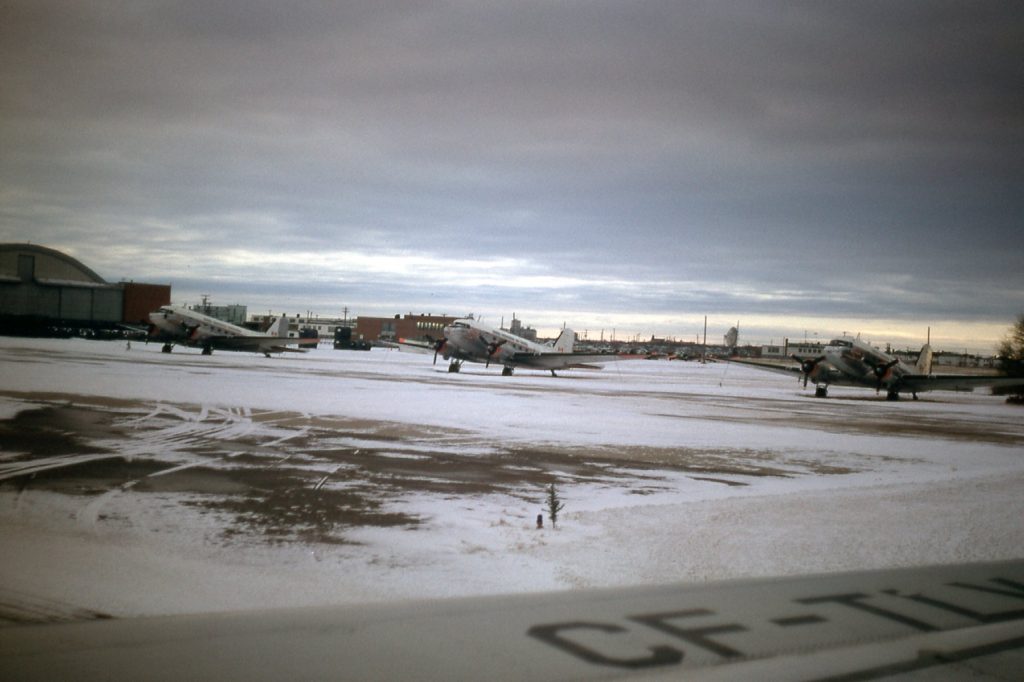Did I ever tell you that I spent my first 35 years on this planet living in the Great White North? That translates as “Canada” to those of you who didn’t already know that. During those years, I lived in a lot of cold places – the Yukon, northern British Columbia, Ontario, Montreal. Northern BC had some mighty cold winters, and I didn’t have much choice but to endure the cold. Now, living in a place and working there is one thing, but it struck me as just plain goofy to willingly go to a place where it was really cold when you could have gone there in warmer weather. Such was the case in November of 1969 – allow me to elaborate.
At that time, I was working as a geologist in Vancouver and loving it. The city is pretty much considered the banana belt of Canada, with some of the mildest winters in the entire country. I’d wake up each day in my high-rise apartment and walk 20 minutes through picturesque West-End streets to reach the office. Life was good. One day, I was minding my own business at work and my boss announced that three of us would be leaving soon for a trip to northern Manitoba to check out some mining claims that some guy had. He said we’d be gone for a week or more, and to dress warmly – no shit, Sherlock!! It was the middle of November, and I was pretty sure everything would be covered in snow – what was he thinking?
Well, he was the boss, so November 13th arrived and the 3 of us found ourselves sitting in the Vancouver airport waiting for our flight. Bud Lazenby was in charge, then there was Steve Presunka (geophysical technician) and finally myself. Our destination was Manitoba, and we would be dealing with a number of Ukranian people while there, people who held mining claims. Manitoba has a lot of Ukranian folks, and Bud figured that the more Ukranian we could appear, the better. My surname ends in “ian”, which sounds Armenian. Bud knew the story of how my father had dropped the “yk” from the ending of our surname – with it still on, my surname would end in the original “ianyk” which is very Ukranian. So for the purposes of our trip and meeting with folks in northern Manitoba, I would be introduced by my original Ukranian surname ending in “ianyk”. Steve’s surname of Presunka was already as Ukranian as you could get.
It was foggy the morning of the 13th, not unusual for November in Vancouver.
It delayed our departure somewhat but we finally took off. Soon above the fog, we had a good view north into the Coast Range – that’s Mount Garibaldi out there on the right.
We must have been on some kind of a milk run, because we stopped in Edmonton for a while and changed planes. There’s our DC-9 waiting for us.
Our plane stopped once more, this time in Saskatoon. Here’s the city seen from above. At least we stayed on board for this stop.
Airborne again, we flew over endless miles of prairie.
Well, it took nearly all day, but we finally landed at Winnipeg. Man, it was cold! Our hotel was situated close to Portage and Main, often referred to the windiest and coldest intersection in the country – that may be an exaggeration, but it took my breath away that evening. A look out my hotel-room window showed the streets to be deserted – little wonder!
After some dinner in the hotel restaurant, we retired to the pub where before long we were 3 sheets to the wind. As I sat and listened to the piano man, I got the crazy idea to phone a girl I had met at a recent party back in Vancouver. Back in my hotel room, I called my room-mate Mike back home and got her number, then proceeded to make a complete fool of myself trying to talk her out of going with her current boyfriend and dating me instead. That went over about as well as a screen door in a submarine. It’s funny the little things that stick with you 50 years later, right?
Early the next morning, rather bleary, we caught a cab back to the airport and boarded a DC-6. They actually served us a hot breakfast on the flight to the town of The Pas. It certainly was a lot more comfortable than driving the 388 miles over wintery roads would have been. Something caught my eye on that flight – have a look at this next picture. Every geologist can tell you that those crescent-shaped things are barchan dunes, but instead of being made of sand, here they are drifted snow. They show that the direction of the wind that made them was from left to right in the photo below.
The only reason we stopped at The Pas was that our next flight to continue north didn’t leave until the next morning. There was nothing to do but drive our rented Ford Torino to the La Verendrye Motel and hunker down.
The Pas was settled by early trappers and traders, and is known as “The Gateway to the North”. The main employer is a lumber and paper mill. Here’s a sign that greets visitors these days.
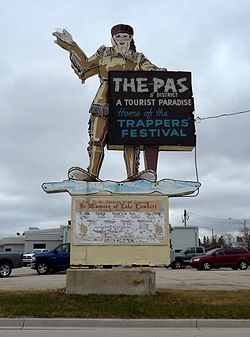
The next day was the 15th. We drove ourselves to the airport at daybreak.
Today we were flying in an aircraft called the Hawker Siddeley HS 748. This was a short-takeoff-and-landing (STOL) plane produced by the British manufacturer Avro, hoping to replace the aging fleet of DC-3s around the world. It was a short hop north to the city of Flin Flon, Manitoba where, after a short stop, we continued north to our final destination, a much longer hop.
We used the same plane for this final leg of our journey, flying over endless miles of forest and lake.
In November of 1969, there was no road to Lynn Lake – it truly was an isolated community.
Gold had been mined here, then a huge nickel deposit was found. You can see the headframe for the Sherritt Gordon mine in the distance. The population of Lynn Lake has decreased steadily ever since we visited there in the 60s. Have a look at this next photo – it sure looks to me like company-owned housing. In fact, almost all of the houses and commercial buildings were brought in on winter roads from another town called Sherridon, well over 100 miles to the south.
Here’s a view of the main street.
Well, this was our farthest-north destination. It had taken us 3 different flights, but we had arrived. Now we’d have to do some work to earn our pay. After a night in a hotel, we caught a cab very early the next morning out to the airport. Damn, it was cold enough to freeze the nuts off a bridge!!
Here was the plane we had hired. It was a single-engine otter, one of my favorite aircraft ever. It was equipped with ski-wheels, so it could land on snow as easily as on an airstrip.
We hunkered down in the terminal while they got the plane ready. It felt good to finally take off. Here’s a photo I took when we were about 15 miles east of town.
We had a glimpse of a road that was being built, a road that would eventually connect Lynn Lake to the faraway town of Thompson and thence to the rest of the outside world. This road would run a full 200 miles through the bush and muskeg of northern Manitoba just to reach Thompson. You could then drive to Flin Flon, another 233 miles. This meant a drive of 433 miles from Lynn Lake to Flin Flon. So there’s a choice – drive for 8 hours or fly in well under an hour.
You know how Minnesota calls itself “The Land of Ten Thousand Lakes”? Well, Manitoba has over one hundred and ten thousand lakes – they’re everywhere!!
Finally, we reached our goal, one of those zillions of lakes. Our pilot circled and set us down on the frozen lake, deep in snow. This one was called Rusty Lake, and we had flown 70 air miles from town.
The pilot said he’d be back at the end of the day, wished us luck and roared down the lake and took off. There we stood in complete silence after the sound of his engine faded to nothing.
What can I tell you about that day? All I can really remember is walking around with a map and compass, looking for claim posts, and freezing our asses off. Thankfully, the sun was shining so at least it warmed us some. Everything was deep in snow, so there wasn’t a single bit of rock outcrop to examine. We found as many of the claim posts as we could, duly noting their locations on our map. I think that’s about all we accomplished. Here’s a picture of Bud taken that day.
All good things must end, and so did our day on Rusty Lake. Late in the afternoon, the Otter came back for us. Here’s Bud and Steve beside the plane. Steve’s beard is coated in ice, and the temperature is -10 degrees Fahrenheit (that’s minus 23 degrees Celsius for anyone keeping score). La Ronge Aviation Services was our transportation for the day. It felt good to get into that warm plane and fly back to town.
The next day, the 17th of November, we flew back south to Flin Flon. Nowadays, it is possible to drive from Lynn Lake to Flin Flon via Thompson, a distance of 433 miles, but when we made this trip you could only fly to Lynn Lake. Once we landed in Flin Flon, we rented a car and drove the 87 miles to The Pas where we met with folks about some mining claims they had. That business took up 2 days. We stayed in a motel, and I set up my camera to take this picture of the 3 of us drinking rum. (It must have been a favorite of Bud’s, because now that I think of it, I drank rum with him the following year in the Yukon at his rented rooms in Whitehorse).
I also took this picture of me laying on the bed in my room smoking a cigar – it’s hard for me to believe I ever did such a thing, looking back on it now.
I see my Grundig transistor radio on the night-stand beside me – it’s amazing I hauled that big thing around – I bought it mainly to use at bush camps. On the 20th, we drove back to Flin Flon and checked into a hotel. A more dreary place in winter, you’d be hard-pressed to find.
Here’s a view of Main Street.
Flin Flon was founded in 1927 as a mining town, to exploit large copper and zinc deposits. Hudson Bay Mining and Smelting developed the mine. The population hasn’t ever much exceeded 5,000. The odd name of the town comes from a character named Josiah Flintabbatey Flonatin in the book The Sunless City by J. E. Preston Muddock. Here’s a picture of the head-frame at the mine.
And here’s the smelter, which closed in 2010.
The town sits astride the Manitoba-Saskatchewan border, but in every way acts as a single community even though over 95% of its folks live on the Manitoba side.
We’d been hanging around in our hotel during the afternoon, waiting for an appointment we had with a guy who owned some mining claims we were interested in. Bud said we’d have supper with the fellow, and that we’d go and meet him at his place of business. Just before 5:00 PM, we walked the few blocks to his dry-cleaning business downtown and went in. They were just closing up, so we were right on time. We met the owner, a Ukranian fellow, who asked us to follow him to the basement. It seemed like it’d be a dingy place but it turned out to be just the opposite. This fellow’s hobby was making wine. Now I had never before met anyone who did that, so what I saw when we got downstairs surprised me. He had installed sturdy metal racks along two of the walls, and sitting on the racks were all these glass carboys. There were probably 40 or 50 of them all told, and each was clearly labeled. The man was very proud of his work, and told us how he went about making his wine. It turns out that he made wine out of many different fruits and berries, out of things I wouldn’t have even thought possible to make wine.
He filled a glass for each of us – not large, but enough to get a good taste, explaining each variety. Well, suffice it to say that one glass followed another, and in no time at all we were three sheets to the wind. Remember supper? Our host hadn’t forgotten. Manitoba with all those lakes is a fisherman’s paradise, and he liked to fish. He had some device there in the basement to cook several kinds of wonderful fish he had caught, and we feasted on them for our supper. The wine kept coming, as did some type of home-made spirits he had distilled. We were there for hours, the boss Bud and his two Ukranian associates. If we ever did discuss mining claims that evening, I haven’t the foggiest recollection.
Very late, our host walked us back upstairs, through the shop and unlocked the front door. Out on to the street the 3 of us spilled. We had to hold on to each other for support on the icy sidewalk as we stumbled back to our hotel, mercifully close at hand. It was bitterly cold, way below zero, but even that didn’t sober us up. All 3 of us really liked to drink, but even we met our match that evening.
The next day, we all felt like death warmed over and spent the day paying for our sins. One more day, the 21st, was spent there, and finally, on the 22nd, we drove back to The Pas. The following morning we flew early from The Pas on a DC-6 down to Winnipeg, then caught a DC-9 back to the Coast. We stopped in Saskatoon again en route, and I wanted to show you these DC-3s parked on the tarmac.
As geologists, we did a lot of flying as part of our work. On this trip, we’d flown in 4 different types of aircraft and enjoyed all of it. None of us enjoyed the cold, though, and could have gladly done without northern Manitoba in the winter.

